You’ve probably seen countless photos of hairless cats sporting adorable sweaters and wondered whether it’s just for cute Instagram posts or an actual necessity. The truth is far more fascinating than mere fashion. When the temperature drops, Sphynx cats need a few more accommodations than typical kitties. According to cat care experts, if the temperature is uncomfortable for you, it’s worse for Sphynx cats.
Hairless breeds like the Sphynx, Peterbald, and Donskoy cats exhibit behaviors that seem almost alien compared to their furry counterparts. These remarkable felines have developed unique adaptations and quirks that make them some of the most intriguing pets you’ll ever encounter.
From their obsession with warmth to their surprisingly dog-like personalities, hairless cats break every stereotype about feline behavior. So let’s dive into the surprising world of these naked wonders and discover what makes them tick.
They’re Professional Heat Seekers
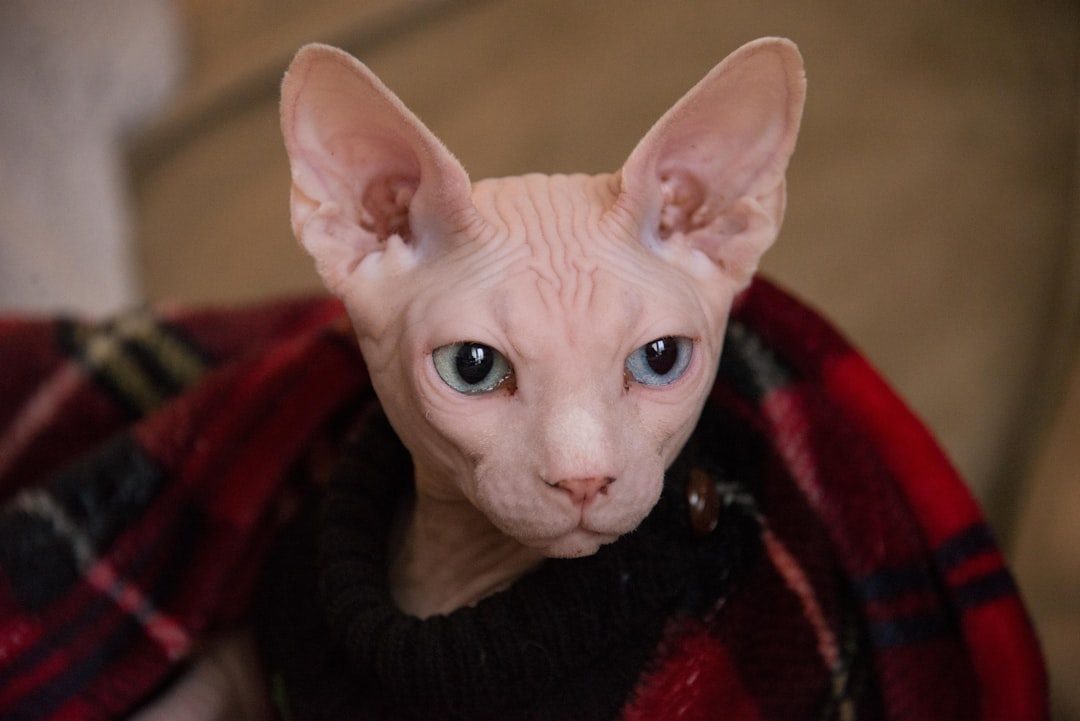
Due to their lack of fur, Sphynx cats seek warmth constantly. You’ll often find them basking in the sun, snuggled under blankets, or nestled in your lap. This behavior goes far beyond simple comfort seeking.
Unlike furry breeds, Sphynx cats cannot regulate their body temperature as effectively. Their bare skin is exposed to drafts, cold floors, and even changes in room temperature. This makes them incredibly resourceful when it comes to finding warmth.
Sphynx cats may also cause disruptions due to their heat-seeking behavior. This means they’ll often sit or lie on top of computers, televisions, or other objects that produce warmth. Don’t be surprised if your laptop becomes their new favorite bed or if they claim the warm spot where your gaming console sits.
When they’re not sunbathing, you’ll often find them snuggled up under blankets or cuddling with their humans. Their lack of fur makes them seek out warmth, and they are known to climb under duvets and inside jumpers for that extra bit of coziness.
Sun Worship Is Their Religion
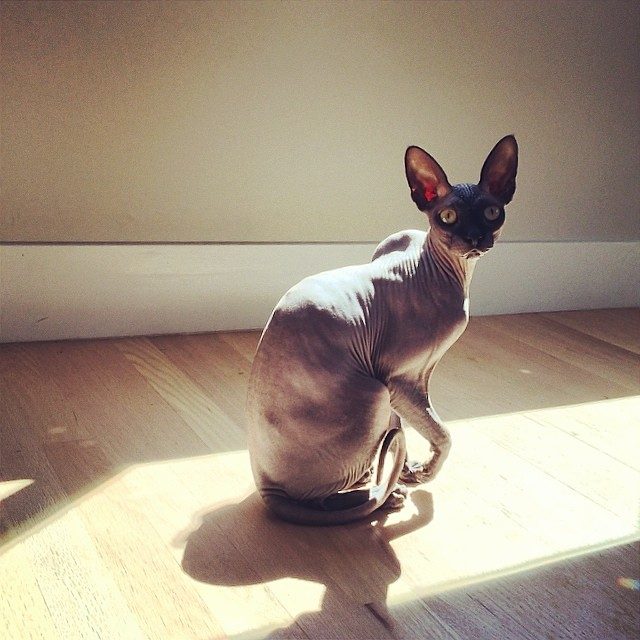
Hairless cats are true sun worshippers. They love to bask in the sun, soaking up the warmth. Think of them as living solar panels that have mastered the art of positioning themselves in the perfect sunny spot.
Due to the lack of a fur coat, this breed is known to be quite heat seeking, often finding warmth by cuddling with their human companions or basking in sunny spots. However, this intense love affair with sunlight comes with serious risks.
Some cats, especially those with light-colored fur or, the hairless varieties like the Sphynx, may require extra protection against the sun’s rays. These breeds can be more susceptible to sunburn and even skin cancer with too much sun exposure.
Their lack of fur makes them highly susceptible to sunburn. To protect a Sphynx cat from harmful UV rays, it’s advised to apply cat-safe sunscreen, especially when they are outdoors. It’s fascinating how these cats have maintained their desert ancestors’ love for warmth while needing modern protection from it.
They Have Higher Internal Thermostats
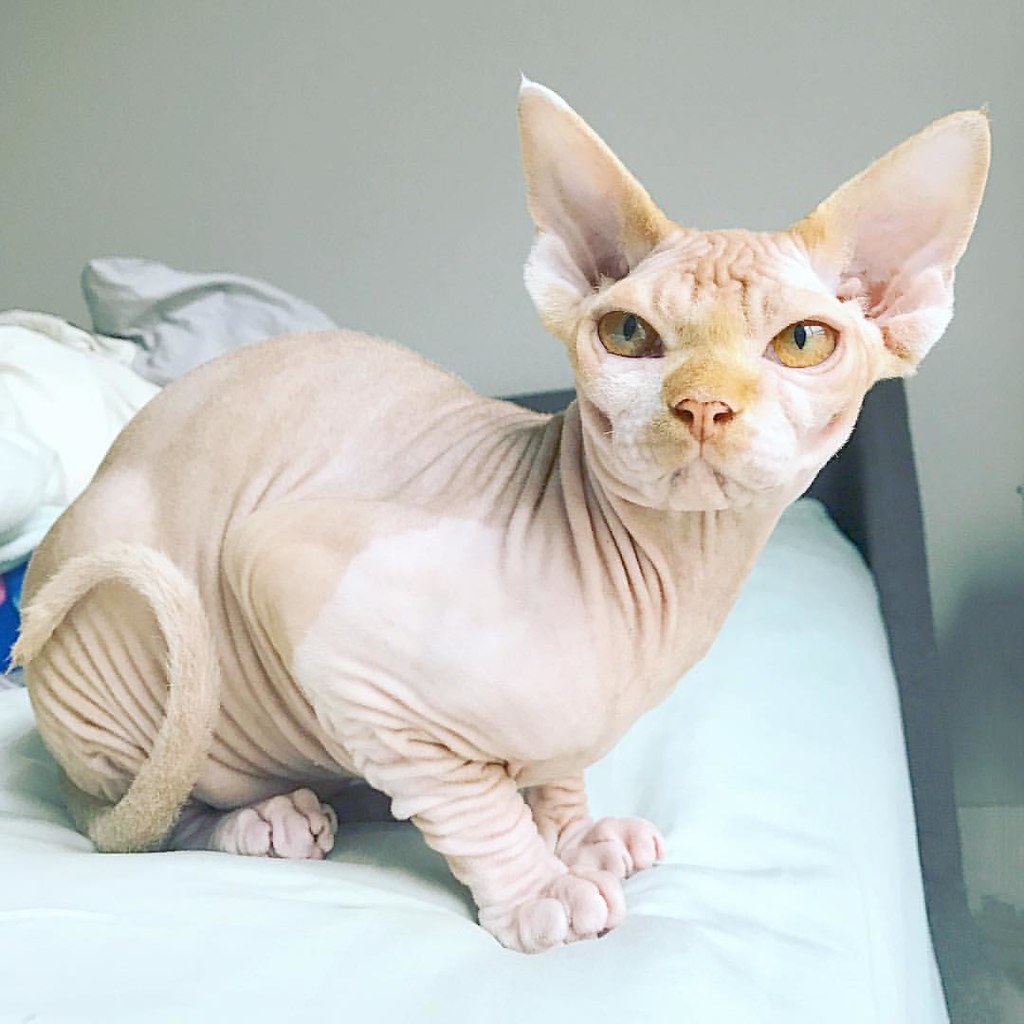
Sphynx cats have an average body temperature between 100.5-102.5F (38.0-39.1C) – higher than cats with fur. This elevated body temperature is their natural adaptation to life without an insulating fur coat.
Due to their lack of fur, hairless cats have a higher body temperature than their furry counterparts. This helps them stay warm and comfortable, even in cooler environments. However, this biological advantage comes with increased energy demands.
Hairless cats often need more calories than their furry counterparts because they burn more energy to stay warm. A high-protein, nutrient-dense diet is ideal. Think of it like running a high-performance engine that requires premium fuel to maintain optimal function.
Sphynx cats have a faster metabolism compared to other breeds due to their effort to stay warm. This might require a bit more food or more frequent feedings.
They’re Surprisingly Vocal Communicators
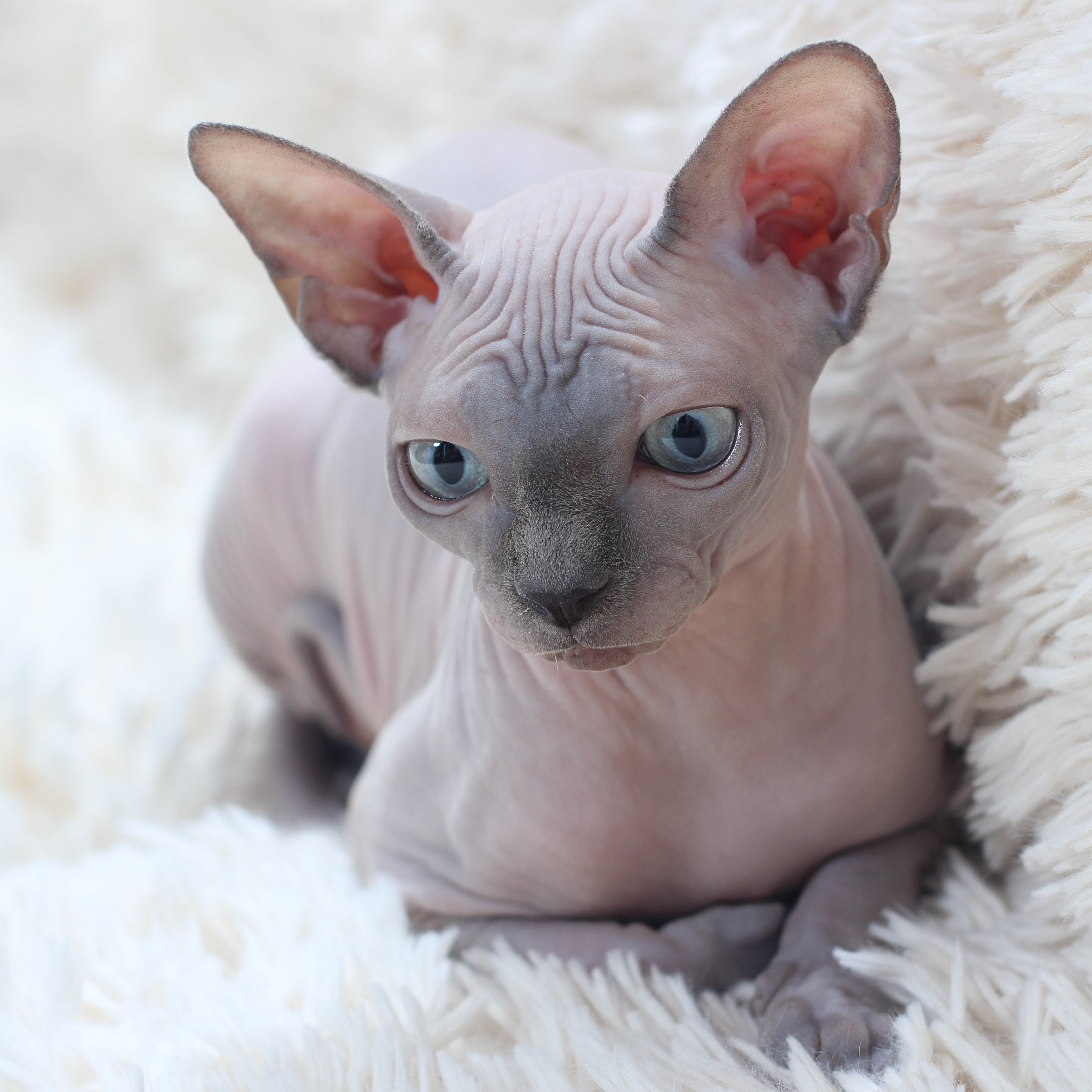
Sphynx cats are very vocal, so they may not be the best breed for people who prefer quiet homes. But their chattiness isn’t just random noise; it’s sophisticated communication.
While not as vocal as some other breeds, Sphynx cats are known for their unique range of vocalizations. They use chirps, clicks, and soft chatters to communicate their needs and desires, creating an interactive and communicative relationship with their owners.
In addition to checking out everything around them, Sphynx will engage in frequent bouts of vocalizations. Expect to have them following you around and even holding full conversations with you. It’s like having a furry, philosophical roommate who always has something to say.
Their chatty nature makes them great company for those who enjoy interactive pets. If you’ve ever wanted a pet that responds to your daily monologues, a Sphynx might be your perfect audience.
They Exhibit Dog-Like Loyalty and Behavior
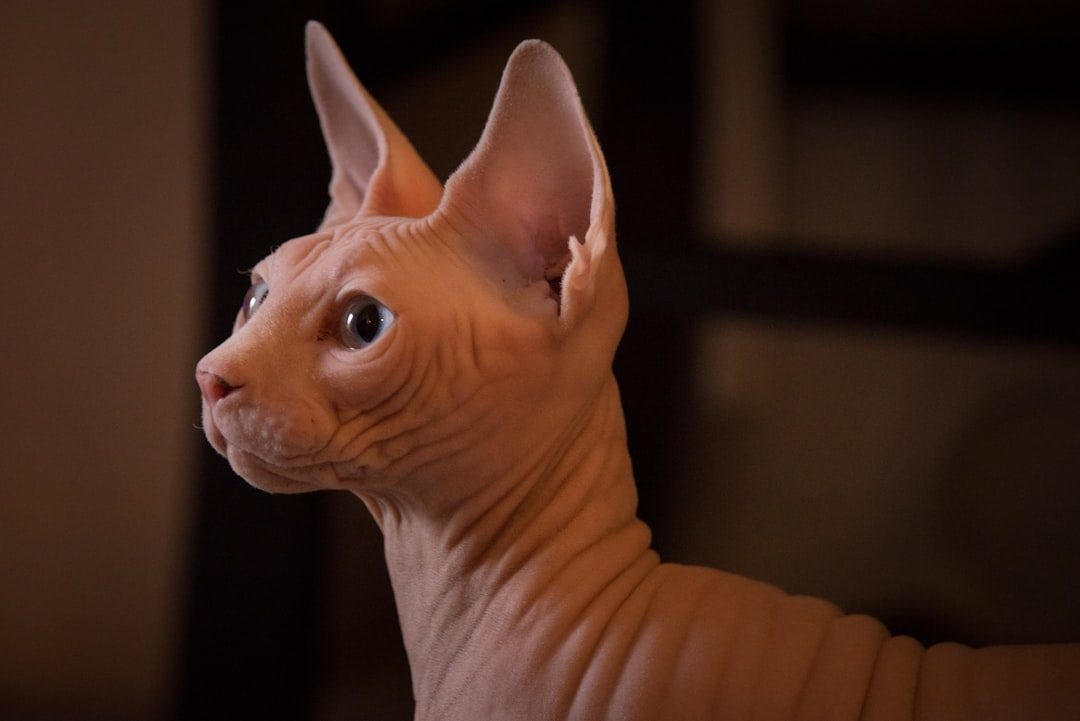
Sphynx cats are often described as “dog-like” because of their loyal, affectionate, and playful nature. They crave human interaction and are known for forming deep bonds with their families. This isn’t just cat owner wishful thinking; it’s documented behavior.
One of the most surprising traits of hairless cats, particularly the Sphynx, is their dog-like behavior. These cats are incredibly affectionate and social. They love to follow their humans around the house, play fetch, and even wag their tails when they’re happy.
Like dogs, they tend to greet people at the door when they come in. Picture coming home to a hairless cat doing a happy dance at the entrance, and you’ll understand why Sphynx owners often describe them as cats trapped in dog personalities.
It might take time and practice, but some pet parents have even trained their Sphynxes to play fetch and walk on a leash! Their intelligence and eagerness to please make them surprisingly trainable companions.
They’re Extremely Social and Attention-Seeking
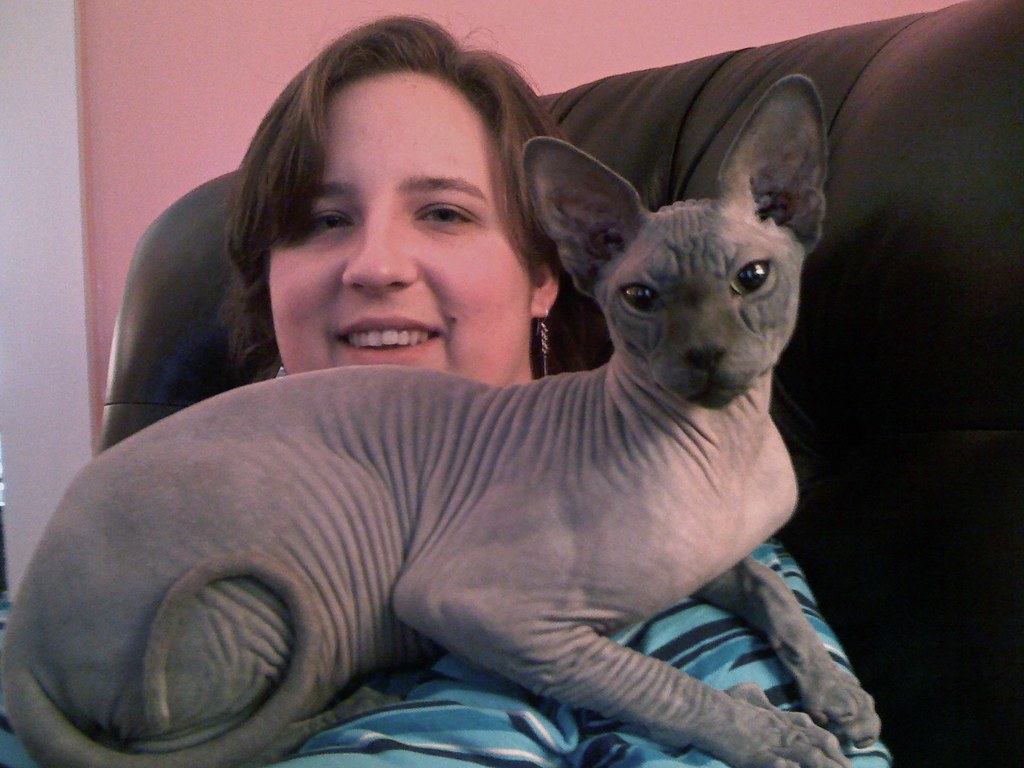
Sphynx cats thrive on attention. They have a penchant for being the center of their owner’s world, demanding affection through their playful antics and charming personalities. This isn’t occasional neediness; it’s their core personality trait.
Many owners describe Sphynx cats as “velcro” cats because they love being close to their humans at all times. This breed thrives on being around people, often even preferring it over solo play.
This desire to be around you, however, does reflect in their neediness. They do not do well when left alone for a long time, so it is important that you are comfortable with the breed’s needy nature to avoid issues like anxiety or depression.
Hairless cats like Bingus are known for their exceptionally social and affectionate nature. They form strong bonds with their human families and often display dog-like loyalty, following their owners around the house and demanding attention. Honestly, if you’re looking for an independent cat that ignores you, look elsewhere.
They’re Natural-Born Climbers and Show-Offs
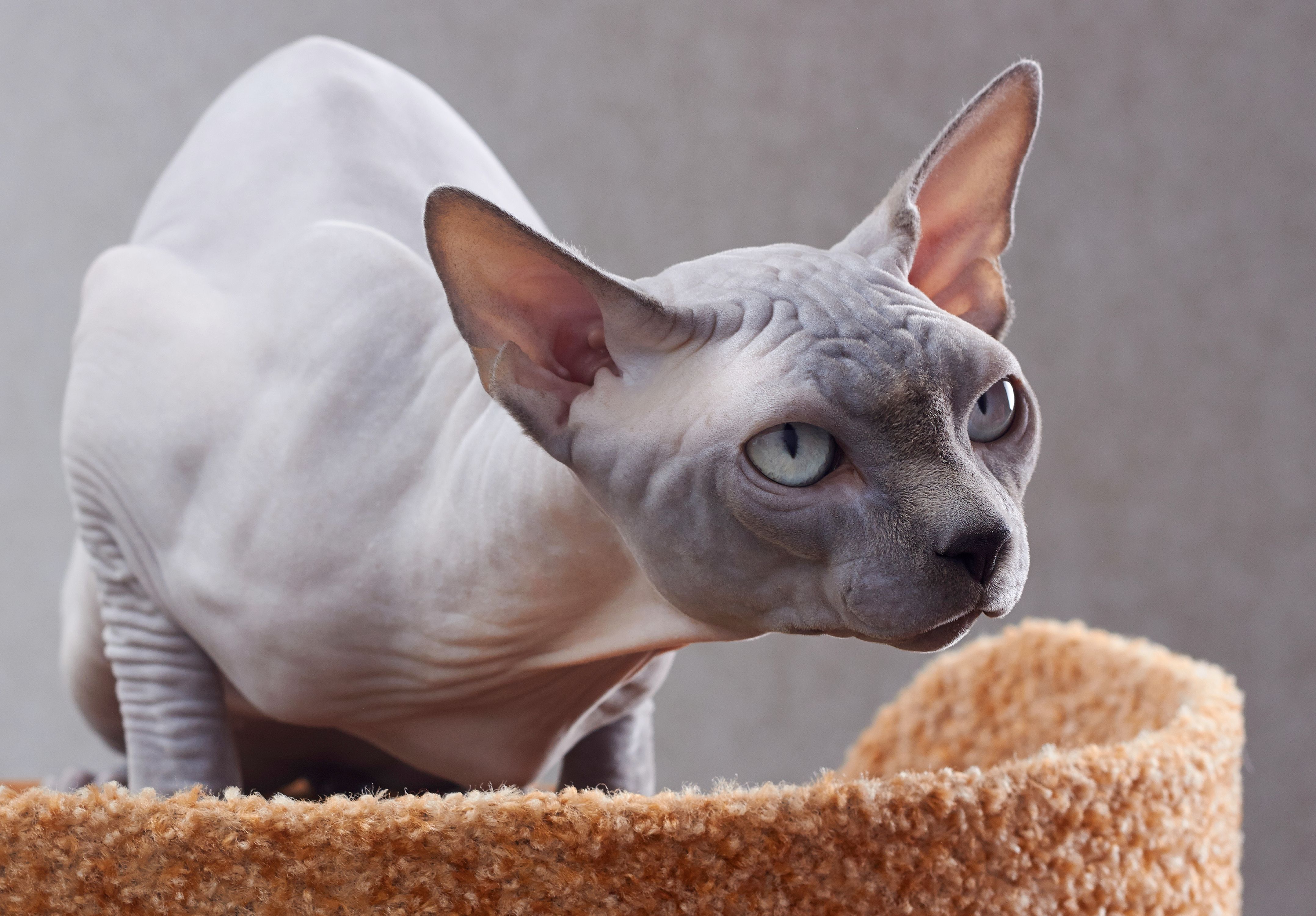
The Sphynx is a friendly, extroverted cat who is often compared with a monkey because of their high-energy antics and tendency to ‘show-off’ and perform tricks to get human attention. They are experts at balancing, and love to climb and be up high so you’ll often find them at the top of doors and bookshelves viewing the world from above.
This is an active breed who enjoys jumping, playing and climbing, as well as normal cat scratching. Scratching surfaces should be provided, along with places to climb and perch. Their athletic build supports their acrobatic tendencies.
Sphynx cats build notable muscle from their love of being active and playing. They can jump high and move quickly. Don’t let their naked appearance fool you; these cats are surprisingly muscular and agile.
Whether they’re playing throughout the day or snuggling at night, this kitty loves to be around people, children, and other cats – and might even show off for attention! They’re basically the performers of the cat world, always ready to entertain their audience.
They Have Unique Grooming Requirements
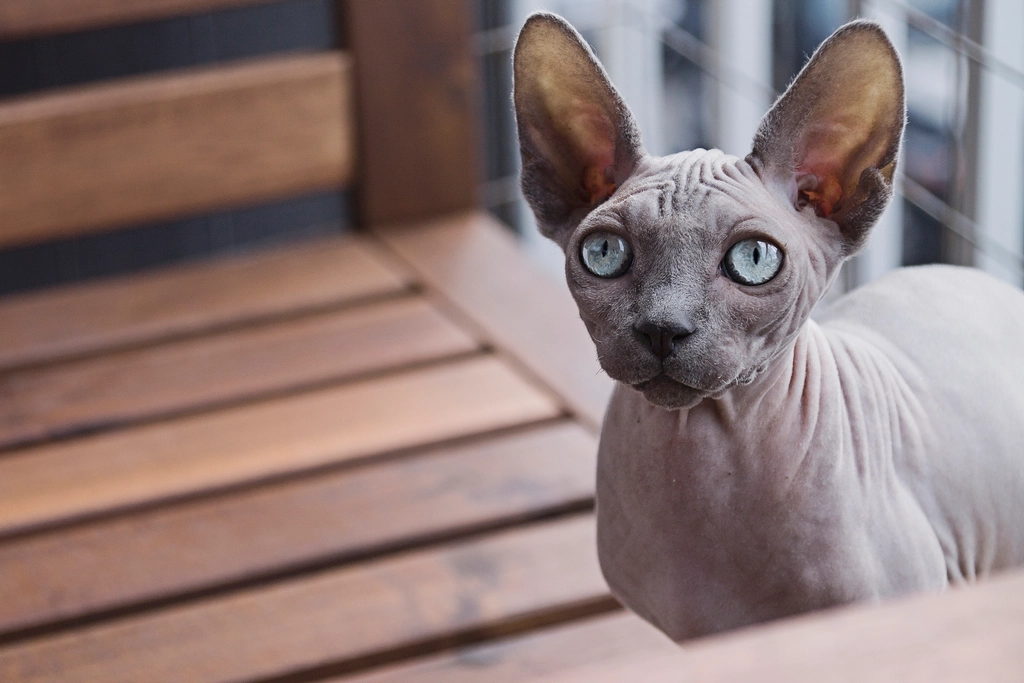
The fact that Sphynx don’t have hair actually means that they need more grooming than other breeds of cats. Think about what fur usually does for animals – it protects their skin from the sun and other environmental irritants, and it helps guard the cat against dirt.
Sphynx cats don’t have hair, but they do have glands that secrete oils meant to keep fur lubricated and shiny. Without fur to absorb that oil, it accumulates. Sphynx cats are particularly prone to oil accumulation in their ears and around their feet, which can lead to infections.
Sphynxes will require regular bathing (at least once a week) to remove the build-up of body oil that isn’t absorbed by fur. This isn’t optional grooming; it’s essential healthcare.
Most sphynx are acclimated to baths by the breeder when they’re tiny kittens, and they come to enjoy the process – a good thing since they need a bath a minimum of every week! Without regular bathing, sphynx leave reddish-brown marks on sheets, furniture, clothing, and their owners.
They’re Surprisingly Intelligent Problem Solvers
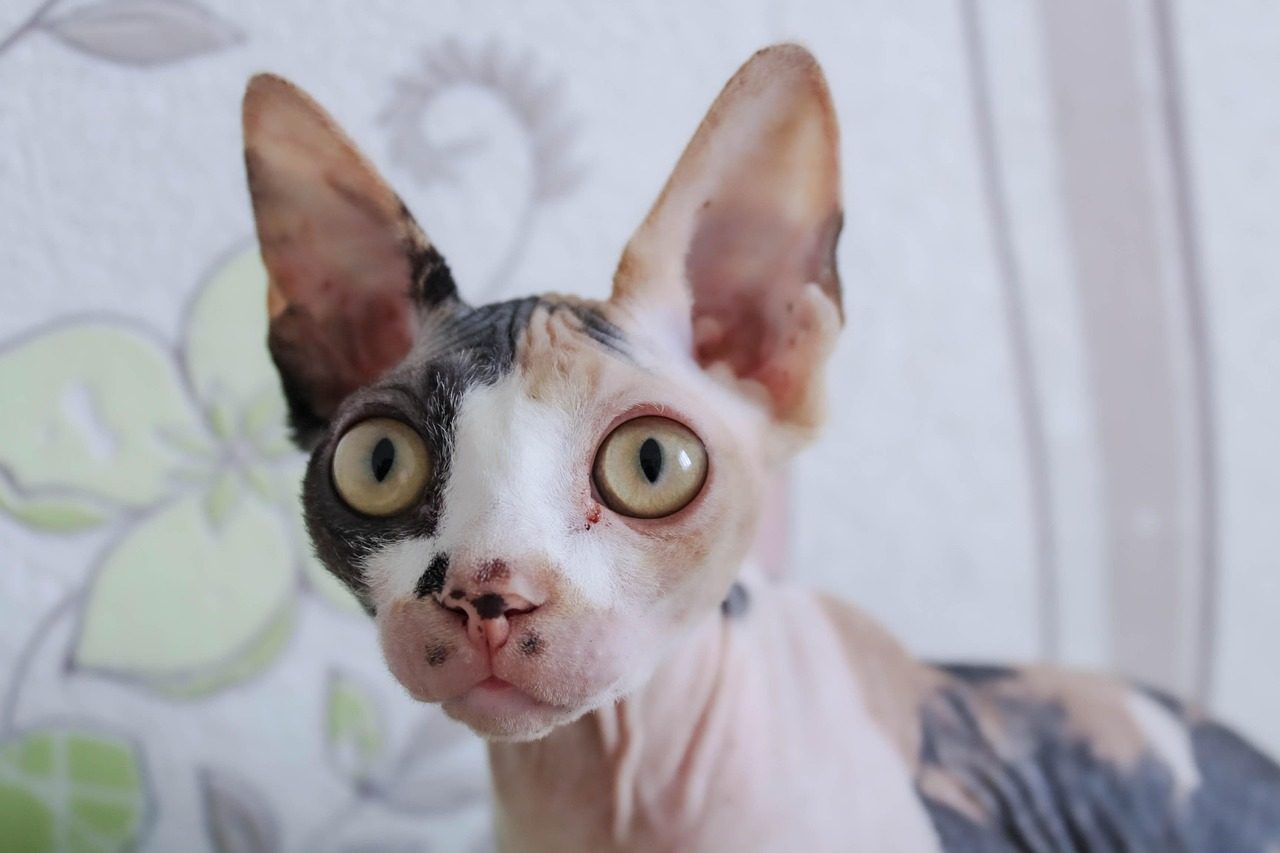
Sphynx cats are among the more intelligent cat breeds, which makes them relatively easy to train. Many owners report that their Sphynx cats quickly learn tricks, adapt to routines, and respond well to commands, especially when positive reinforcement is involved.
Sphynx cats are remarkably intelligent. They grasp new concepts swiftly, making them highly trainable. Teaching them tricks or litter training tends to be a straightforward process. Their intelligence often surprises people who expect them to be purely ornamental pets.
Sphynx cats are among the more intelligent cat breeds and are often quick learners. They can be trained to perform tricks, respond to commands, and even enjoy interactive games. Positive reinforcement works exceptionally well with Sphynx cats, who enjoy both the mental stimulation and the reward.
They are smarter than the average cat which makes them easier to train than other breeds; they seem to enjoy learning tricks and will happily walk outside on a leash. It’s like they understand that cooperation gets them more of what they crave: human attention and interaction.
They’re Emotionally Sensitive and Empathetic
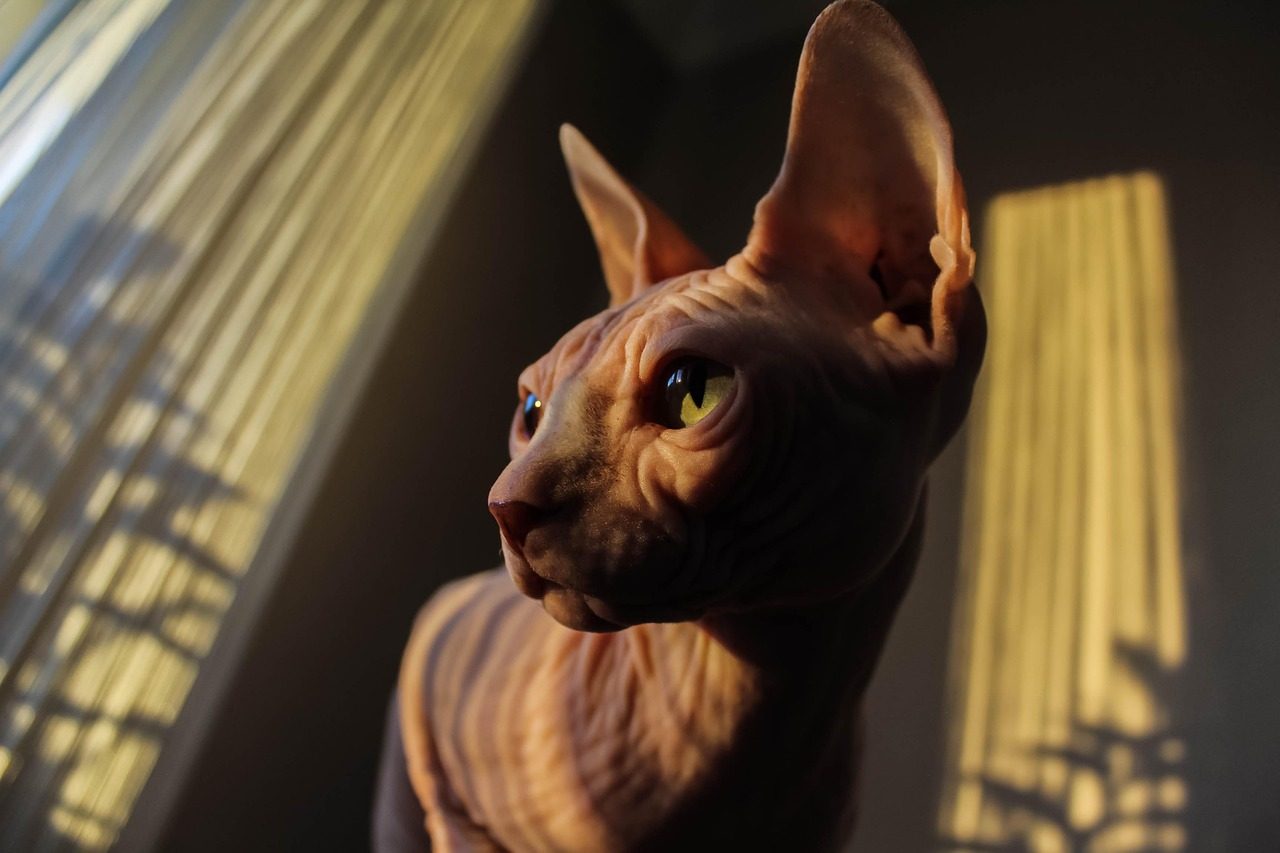
Sphynx cats are known for their emotional sensitivity. They’re attuned to their owners’ feelings and often show empathy. This breed can be especially comforting to individuals looking for a strong, emotional bond with their pet.
Sense of Loyalty: Sphynx cats are incredibly loyal and tend to follow their owners from room to room, wanting to stay close and offer companionship. They seem to possess an emotional intelligence that allows them to read human moods and respond accordingly.
Sphynx cats are an affectionate and loving breed. They enjoy cuddling and warmth and will often cuddle with you under blankets. But you should be careful not to cross their boundaries – for instance, Sphynx cats may not like when you pick up and carry them.
This emotional awareness makes them excellent therapy animals for people dealing with stress or loneliness. They instinctively know when their humans need comfort and will position themselves accordingly, becoming living, purring heating pads that offer both physical warmth and emotional support.
Conclusion

The question of whether Sphynx cats need sweaters has a surprisingly nuanced answer. Sphynx cats and other hairless breeds are the primary candidates for sweaters. Without a natural fur coat, these cats can become chilly in temperatures that other cats find comfortable. Yet sweaters are just one piece of the fascinating puzzle that is hairless cat behavior.
These remarkable creatures have evolved unique behaviors that set them apart from every other feline breed. From their relentless pursuit of warmth to their dog-like devotion to their humans, hairless cats challenge everything we think we know about typical cat behavior. Their intelligence, emotional sensitivity, and social nature make them more like furry family members than traditional pets.
Understanding these behaviors helps us appreciate why hairless breeds have captured so many hearts despite their unconventional appearance. They’re not just cats without fur; they’re entirely different beings with their own set of needs, quirks, and remarkable adaptations. What do you think about these unique feline companions? Tell us in the comments.





